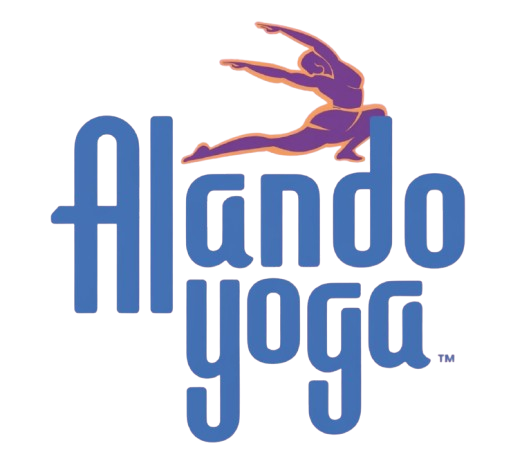The Importance of Stretching in Recovery
A lot of times, people naturally just go with the whole Miranda (no nickname needed) thing and embrace rest when it comes to recovering from physical activity. However, recent studies have painted a different story by emphasizing the importance of stretching during recovery. Flexibility training is an equally important factor in a well-rounded recovery plan, and this article will get to the bottom of why.
Understanding Recovery
Recovery is a compound term used to describe the natural process of healing and rebuilding during which your body recovers after exercise that lead muscle exhaustion, stretching from serious workout routines or sports activities all way to ligaments tears. Although rest is necessary, immobilization can have its consequences. This may cause them to become rigid, circulation can be restricted and the muscles lose flexibility increasing recovery time.
The Benefits of Stretching
1. Improved Circulation
Flexibility boosts blood flow circulation to muscles, which puts in the oxygen and nutrients required for healing. Stretching helps your body cope with the tiredness it feels after hard workout sessions. Improved circulation also helps get rid of metabolic waste products faster, which is another reason to speed up recovery.
2. Enhanced Flexibility
If you add stretching to your post-activity sequence, it will be more likely that can help increase flexibility. Higher flexibility = more sports performance + lower injury risk These could be demanding movements for which your muscles are not yet fully prepared.
3. Reduction of Muscle Soreness
Some of us, are little tadpoles who get major delayed onset muscle soreness (DOMS) post a hardcore workout. Stretching can help to reduce some of the pain experienced after DOMS. Stretching the tight muscle promotes relaxation of your leg muscles and can lead to a more normal muscle function.
4. Stress Relief
The second is that, apart from the physical benefits of stretching it also has positive effect on your mind. This can be one way how humans practice mindfulness, giving our brain a moment to breathe deeply and feel the body. This kind of calming can decrease stress and anxiety, taking an all-encompassing way to deal with recovery.
How to Include Stretching in Your Recovery That Will Actually Benefit You
To incorporate the stretching benefits in your recovery plan, keep expanding further:
- Only then you should stretch: Light warm-up before stretching
- Work the Big Muscles: The muscles that you tapped during your workoutserde what needs to recover and restore.
- Hold Probably Every Stretch: You should intend to maintain each stretch for 15-30 seconds enabling the muscular tissue to loosen up fully.
- Take Deep Breaths: Combine your stretches with deep breathing to boost relaxation and efficiency.
- Obey Your System: Extend with attachment not discomfort. Just listen for any warning signs your body might give to stop.
Conclusion
The key is with stretching in your recovery habit which might be the very simplest manner to quicken healingaimassage. Stretching is a crucial part of the practice and has benefits that may not be seen as soon but are just as important with improved circulation, increased flexibility, less muscle soreness. So, now when you complete a training session or any sort of physical practice make sure to know that keeping in touch with your body through the art of stretching can alter how responsive and adaptable our bodies are at returning back close to homeostasis.

